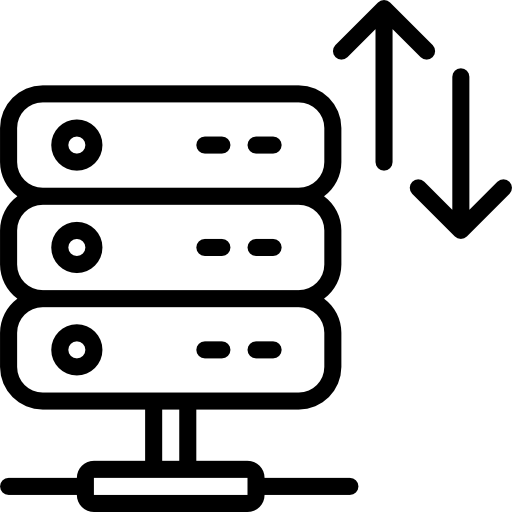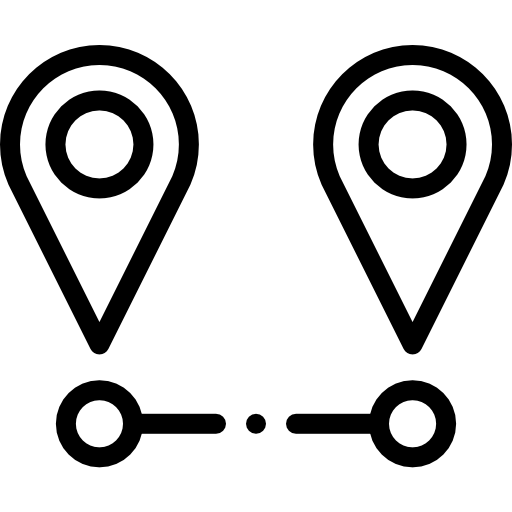Fibre cabling, termination, testing, and splicing
A fibre cable refers to a network cable that contains strands of glass fibres inside an insulated casing. These are specially designed for long-distance, high-performance data networking, and telecommunications.
As compared to wires, fibre cables provide high bandwidth and transmit data over longer distances. It supports much of the world’s internet, cable television, and telephone systems.
Fibre cables use pulses of light generated by small lasers or light-emitting diodes to carry communication signals. The world of telecommunication is rapidly shifting from copper cables to fibre cables.
A fibre cable consists of one or more strands of glass, which is slightly thicker than a human hair. It uses the Total Internal Reflection principle. The centre of each strand is called the core, which provides the pathway for light to travel. The core is surrounded by a layer of glass which is known as cladding. The thin layer of glass acts as a waveguide for light to travel over longer distances.
Cladding reflects light inward to avoid loss of signal and allow the light to pass through bends in the cable. There are two primary types of fibre cable included; single-mode and multi-mode. Most of the fibres operate in duplex pairs; one fibre is used to transmit and the other is used to receive. It is also possible to send both signals over a single strand.
Fibre cable termination refers to the addition of connectors to each fibre in the cable. These fibres need to have connectors fitted before they can attach to other equipment. Pigtails, fanout kits, or breakout kits are the common solutions for fibre cable termination.

Fibre cable testing includes the processes, tools, and standards to test the fibre cable components, links, and deployed networks.
Fibre cable splicing refers to the process of rejoining two or more fibres together when they accidentally break or fusing two fibres to create a fibre that is long enough.
If you are wondering about the quality fibre cables then visit us. We have an experienced crew that has years of experience in designing top-notch quality fibre cables for our clients. Our services are enough to satisfy our clients.
Why did you choose us?

High bandwidth
Our experienced crew works hard to give quality services to our clients. We design such fibre cables that surely meet the expectations of our clients. The light can travel over long distances without losing its strength in our fibre cables. So the need for single boasters is lessened.

Avoid interference
When many cables are strung together in proximity to one another there are chances of interference. But our experts provide such fibre cables that are less susceptible to interference.

Transmission over longer distances
Our experienced crew works hard to give quality services to our clients. We design such fiber cables that surely meet the expectations of our clients. The light can travel over long distances without losing its strength in our fiber cables. So the need for single boasters is lessened.

Networking
Our fibre cables help enhance with years of experience the accuracy and speed of data transmission by connecting servers and users in various settings.
